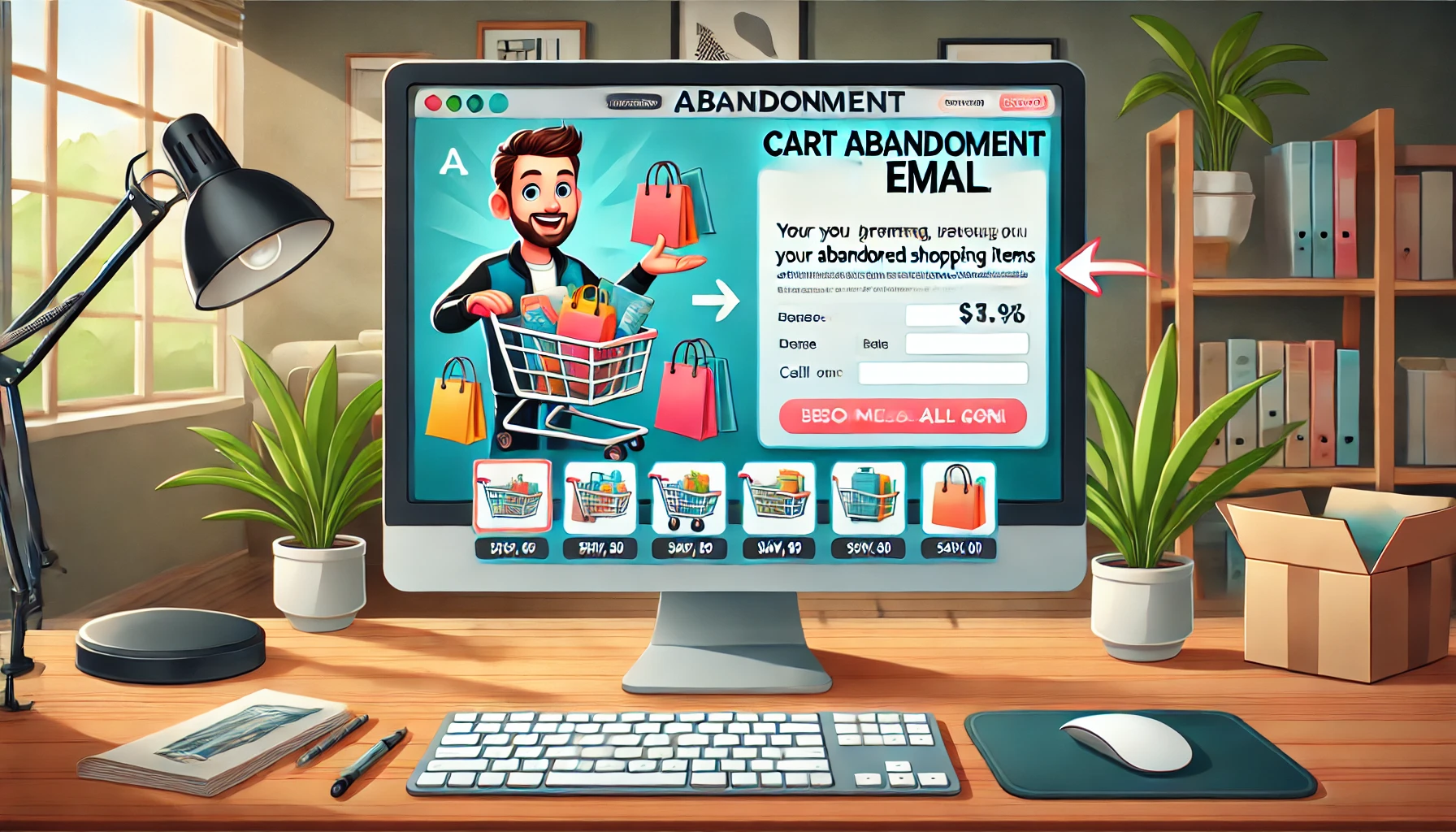Marketing is this super fast-paced world where things can go from awesome to oh-no pretty quickly. I mean, one small slip and a campaign that was supposed to be a hit can totally flop. In this article, we’re going to dive into some big oops moments from well-known brands.
These aren’t just face-palm moments though—they’re like real lessons wrapped in a “what not to do” package. We’ll pull out some key takeaways from these blunders to help you steer clear of making the same mistakes.
So, let’s get into it and see what we can learn from the missteps that left these brands wishing for a do-over!
Understanding the Importance of Consumer Perception
Let’s talk about how people see things, because honestly, that’s huge in marketing. Imagine this: a brand tries to show it cares about something serious, like health safety but doesn’t follow through with real action.
That’s exactly what happened with McDonald’s during the early days of the pandemic. They tweaked their famous Golden Arches to promote social distancing, which sounds great in theory, right? But here’s the catch—people noticed that McDonald’s wasn’t doing much else to actually protect its workers or customers.
This move ended up feeling more like a publicity stunt than a genuine step to ensure safety. It’s a classic example of why the way consumers see your brand really matters and why being genuine is key.
Case Study: McDonald’s Golden Arches Campaign
In March 2020, right when COVID-19 was turning our world upside down, McDonald’s decided to show solidarity by separating its iconic Golden Arches in some of their ads. The idea was to visually represent social distancing. Initially, you might think, “Cool, McDonald’s is doing its part,” but the reaction was pretty mixed.
A lot of people saw it as just a surface-level move—kind of like changing your profile picture to support a cause but not actually doing anything about it. This reaction was a wake-up call that if a company is going to talk the talk, they really need to walk the walk too.
Case Study: Corona Seltzer’s Timing
Now, think about launching a product called Corona Seltzer right as a global crisis named COVID-19 hits. Sounds like a bad joke, doesn’t it? Well, that’s exactly what happened. The timing could not have been more off.
It’s a stark reminder that being aware of what’s happening in the world is very important when you’re marketing something. People are sensitive to names, words and the context surrounding them, especially during a crisis.
So, when Corona launched their new seltzer, the name alone made people do a double-take. It wasn’t about the quality of the product but how and when it was introduced to the market. Timing isn’t just a small detail—it can be the make or break factor in whether a product flies or flops.
Identifying Target Audience Concerns
Getting the pulse of your target audience right is absolutely crucial in marketing. Take Taco Bell’s introduction of the Nachos Party Pack, for example. This happened when COVID-19 restrictions were really clamping down on how we socialize. The idea was to promote a big, shareable meal—perfect for gatherings. But the timing? Not so perfect.
This campaign, in essence, seemed to nudge people towards getting together at a time when health officials were urging the exact opposite. It’s a textbook case of how important it is for marketing strategies to sync up with the current mood and needs of society.
Taco Bell’s Nachos Party Pack Timing
The Nachos Party Pack was all set to hit the stores right in the thick of the holiday season in December 2020. That’s usually a time for fun and gatherings, right? Well, not in 2020. Public health guidance was clear: stay home, stay safe.
Launching a product that’s basically an invitation to party during a global health crisis? Yeah, that didn’t sit well with people. It’s a sharp reminder of why understanding the societal context when you plan your marketing is more than just a good idea—it’s essential.
The Importance of Context in Marketing
Marketing strategies don’t operate in isolation. Every campaign is a small part of a larger societal picture. It has to resonate not just with potential buyers’ desires but also with the reality of their lives. That includes the economic situation, cultural tensions and yes, even the global health scenarios.
Ignoring these can lead to marketing efforts that, at best, miss the mark and at worst, offend or alienate potential customers. That’s why it’s so vital to weave in an understanding of the broader context into every campaign you plan. This approach helps ensure your marketing moves are well-received and effective, aligning perfectly with what your audience is actually experiencing.
Lessons in Transparency and Authenticity
Let’s talk about how Burger King tried to show off how their burgers are free of artificial preservatives by using a moldy burger in their ads. Yes, you heard that right—a moldy burger!
They thought it’d be a great way to prove that their food is natural but let’s just say it didn’t really go as planned. Instead of making people think, “Wow, no preservatives, that’s awesome!” it kind of just grossed everyone out.
Burger King’s Moldy Burger Campaign
So here’s the scoop on the moldy burger campaign. Burger King took a bold step by letting one of their Whopper burgers sit out for 34 days and get all moldy, then they showed this process in a fast-forward ad. The idea was to highlight that their burgers are free from artificial preservatives, colors and flavors, which sounds good on paper, right?
But in reality, the sight of a burger turning green and gross didn’t really make people crave a Whopper. It was a clear case of good intentions but maybe not the best execution. It shows that while it’s great to be open about what goes into your food, how you show it can make a huge difference.
Building Trust through Genuine Actions
Now, about being real and authentic in your marketing—this is very important. People can totally tell when a brand is being genuine versus when it’s just putting on a show. Real-deal authenticity in marketing isn’t just about claiming your product is good; it’s about proving it in ways that resonate with your customers.
For example, instead of just saying “our burgers are natural,” a restaurant could share stories of how they source their ingredients from local farms or show behind-the-scenes videos at their suppliers’ facilities.
Building trust is key and it comes from consistent, genuine actions over time. People remember how a brand makes them feel and being honest and upfront can go a long way in winning over customers for the long haul.
If you keep it real with your audience, not only are they more likely to stick with you but they’ll also become your biggest advocates. So, remember, authenticity isn’t just a buzzword—it’s about making real connections and showing you genuinely care about delivering a great product.
Strategic Response to Public and Media Feedback
It is very crucial to listen and react wisely to what people are saying about your brand. A perfect example of this is Airbnb’s Kindness Card campaign. They launched it during a really tough time when lots of folks were dealing with job losses and couldn’t even pay rent.
The idea was to help Airbnb hosts by encouraging guests to send thank-you cards with optional donations. Sounds kind of thoughtful, right? But it didn’t really land well with everyone.
Learning from Airbnb’s Kindness Card Misstep
Here’s the deal: Airbnb wanted to do something nice for the hosts who had seen a massive drop in bookings because of the pandemic. The plan was for guests to show a little love and financial support to their favorite hosts.
However, this came off a bit awkward considering the bigger picture—a lot of people were seriously struggling with basic needs like housing.
The backlash was pretty quick. People felt that Airbnb was missing the mark, focusing on hosts when many were worried about just keeping a roof over their heads.
It showed that even well-intentioned ideas need to be checked against the harsh realities of what’s going on in the world.
When you’re running a campaign, especially in tough times, you’ve got to be extra sensitive to how it might be perceived. It’s not just about what you’re trying to do but also about how it looks in the context of what everyone is going through.
That’s why getting feedback isn’t just important—it’s crucial to steer your strategy in the right direction. If something you do backfires, being quick to understand why and ready to make changes is key to keeping trust and respect.
The Role of Creativity and Sensitivity in Campaigns
Creativity is like the secret sauce in marketing; it can make your campaign stand out and really resonate with people. But here’s the catch: it’s got to be used right. It’s very important to be mindful of how creative ideas mesh with what’s happening around us.
Let’s face it, the world throws curveballs, like global crises or social movements and if your campaign looks like it’s ignoring these or, worse, making light of them, that’s going to backfire big time.
Analyzing the Strategy Behind Campaigns
So, how do you ensure your creative spark doesn’t fizzle out into a PR nightmare? It starts with strategy. Deep diving into strategic planning means really thinking about every angle of your campaign. It’s about asking, “Who are we talking to?” “What’s their daily life like right now?” and “How will this message be perceived?”
It’s crucial to weigh not just the potential benefits but also the risks. Skipping this step can lead to misunderstandings and a disconnect with your audience, which can tarnish your brand’s reputation.
When Creativity Misses the Mark
Let’s look at some real-life whoops moments where creativity went off the rails. Remember that time a soft drink ad suggested sharing a soda could solve social justice issues? Or when a clothing brand used a natural disaster as a backdrop for promoting their apparel? Yeah, not great.
These campaigns didn’t just miss the mark; they ended up offending the very people they were trying to connect with. These examples show that no matter how catchy or visually appealing an idea might be, if it’s out of step with public sentiment or current events, it can do more harm than good.
In the end, marrying creativity with sensitivity isn’t just good ethics; it’s smart business. Being attuned to the mood and needs of your audience ensures your creative efforts support your brand’s message instead of undermining it. That way, you hit the right note and truly engage the people you’re trying to reach.
Revamping Marketing Strategies
How you can shake up your marketing strategies when things aren’t panning out as planned. It’s all about being flexible and ready to switch things up based on what you’re hearing from your audience and what’s happening around you.
If you stick to a plan that’s clearly not working just because you spent a lot of time on it, you’re probably going to miss out on connecting with your audience in a meaningful way.
The Need for Market Research
First off, before you even think about launching a campaign, you’ve got to get your market research down. This isn’t just about figuring out if people like your product but understanding who your customers are, what they care about and how they communicate.
Getting this step right means you’re way more likely to hit the mark with your campaigns because you’re speaking directly to what your audience wants and needs. Think of it as doing your homework before you show up to class; it can seriously save you from falling flat on your face.
Adapting to Changing Environments
And here’s the thing about marketing—it’s not set in stone. The world changes fast and what worked yesterday might not fly today. Maybe there’s a sudden trend everyone is talking about or perhaps there’s a serious issue that changes the way people view certain types of messages. Successful brands are the ones that can pivot quickly and smartly.
They’re tuned in to the vibes out there and can tweak their marketing strategies to not just cope with changes but actually use them to their advantage. This could mean pausing a campaign that could be seen as insensitive or maybe jumping on a new social media platform that just blew up because that’s where your audience has gone.
Conclusion
Marketing disasters aren’t just facepalm moments that brands hope to forget. They’re actually very valuable lessons dressed up as major oopsies. Every time a campaign flops because it didn’t read the room right or missed the mark, it’s a chance to learn something important. By picking apart these blunders, companies can beef up their strategies so they’re more in sync with what people actually want and the vibe of the current times.
Frequently Asked Questions (FAQs)
What is the most common mistake brands make in marketing?
The biggest goof-up is not knowing their audience well enough. When brands miss out on who they are talking to and what those people care about, their messages can end up feeling out of touch or just plain irrelevant.
How can companies ensure their marketing strategies are well-received?
Stay connected! Keeping a finger on the pulse of consumer reactions through continuous feedback, social media listening and market research helps ensure that marketing strategies resonate with the audience.
What role does consumer feedback play in shaping marketing campaigns?
It’s huge! Feedback is like a goldmine for marketers. It tells you what’s working, what’s not and how you can improve. Using this input, brands can tweak their campaigns to better meet the needs and expectations of their customers.
How important is timing in the success of a marketing campaign?
Timing is everything. Launching a campaign that ties into current events or public sentiment can make a big splash. Get the timing wrong, though and even a good campaign can flop.
Can a failed marketing campaign be turned around?
Absolutely! With quick thinking and a responsive strategy, companies can pivot their approach. This might mean addressing the missteps openly and shifting the campaign’s direction to better align with audience expectations.
What are some signs that a marketing strategy might backfire?
If there’s a mismatch between the campaign message and public sentiment or if the campaign seems tone-deaf to current social climates, those are red flags that things might not go as planned.
How can brands recover from a marketing disaster?
Own up and adapt. The best recovery strategy is to acknowledge the misstep, learn from it and make changes. Transparency and a genuine commitment to doing better can help rebuild trust and even strengthen the brand’s relationship with its audience.












